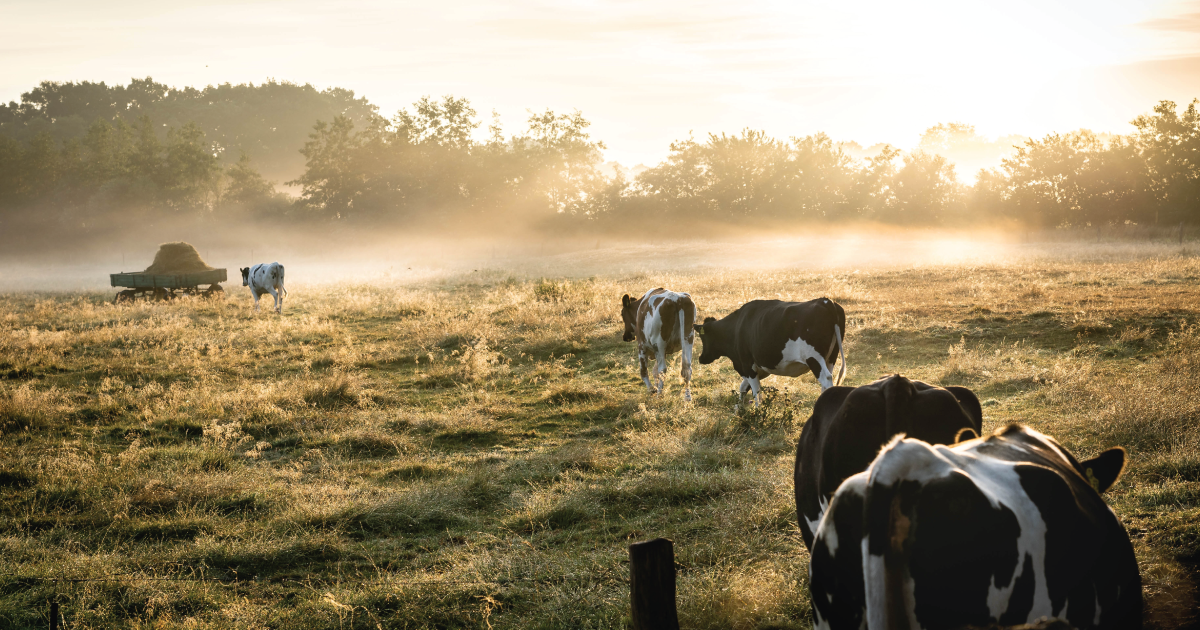
Literature Review: Crop & Livestock Integration
Driven by consumer demand, organic food sales have increased from $3.6 billion in 1997 to $31.5 billion in 2013 and $52.5 billion in 2018. Several factors have led to this increased consumption of organic foods in the U.S., including consumer preference for lower pesticide residues, nutrition and health concerns, negative environmental impacts associated with intensive conventional production, and the assurance of organic integrity through consistent federal organic standards.
August 6, 2019 | Source: Rodale Institute | by
Organic Crops and Livestock
Driven by consumer demand, organic food sales have increased from $3.6 billion in 1997 to $31.5 billion in 2013 (OTA, 2014) and $52.5 billion in 2018 (OTA, 2019). Several factors have led to this increased consumption of organic foods in the U.S., including consumer preference for lower pesticide residues (Baker et al., 2002), nutrition and health concerns (The Hartman Group, 2006), negative environmental impacts associated with intensive conventional production (Venterea and Rolston, 2000), and the assurance of organic integrity through consistent federal organic standards (USDA-AMS, 2014). Farmers also are interested in producing organic crops that meet the “triple bottom line” of environmental sustainability, economic viability, and social equity. In recent years, organic farmers have become increasingly concerned about farm product/food safety, particularly important for farmers practicing integrated crop/livestock production (Pereira et al., 2013). Assuring food safety is critical in any farming operation, and, in the case of produce has been the subject of the recent federal law, “FDA Food Safety Modernization Act” (21 USC 2201; FDA, 2011), which will have far-reaching effects on the entire food supply chain.
